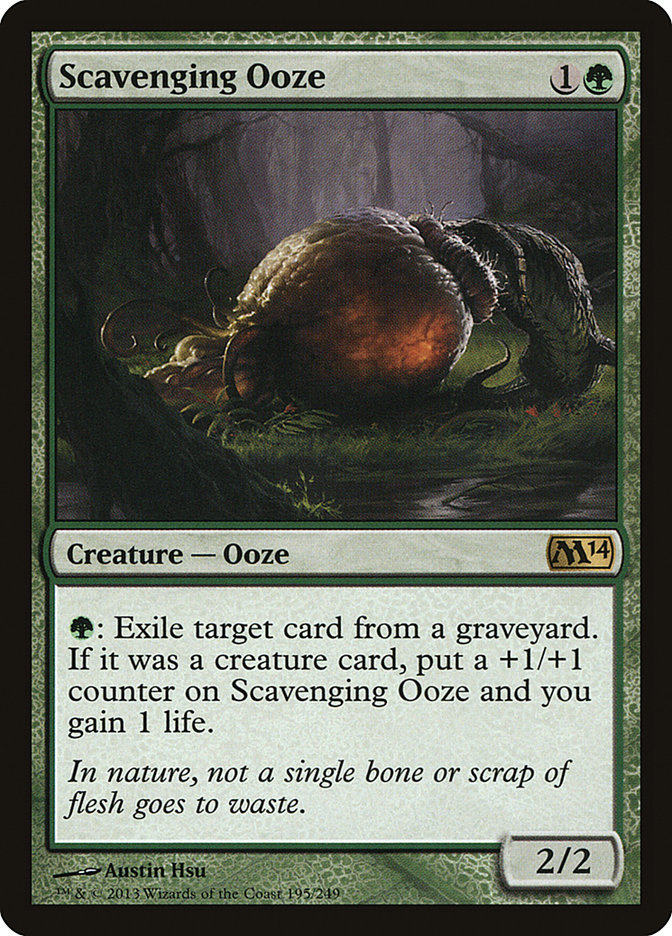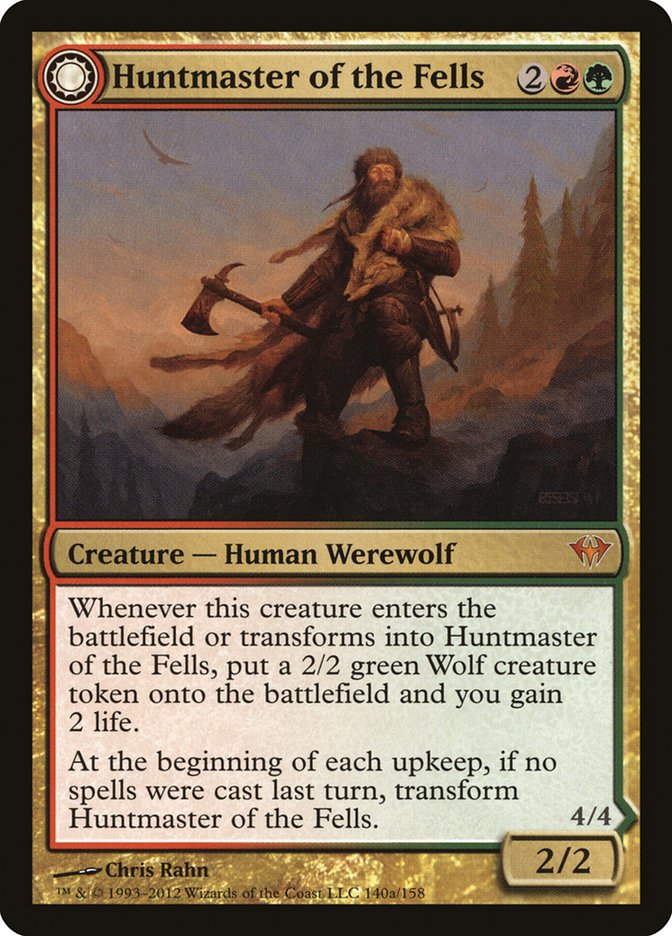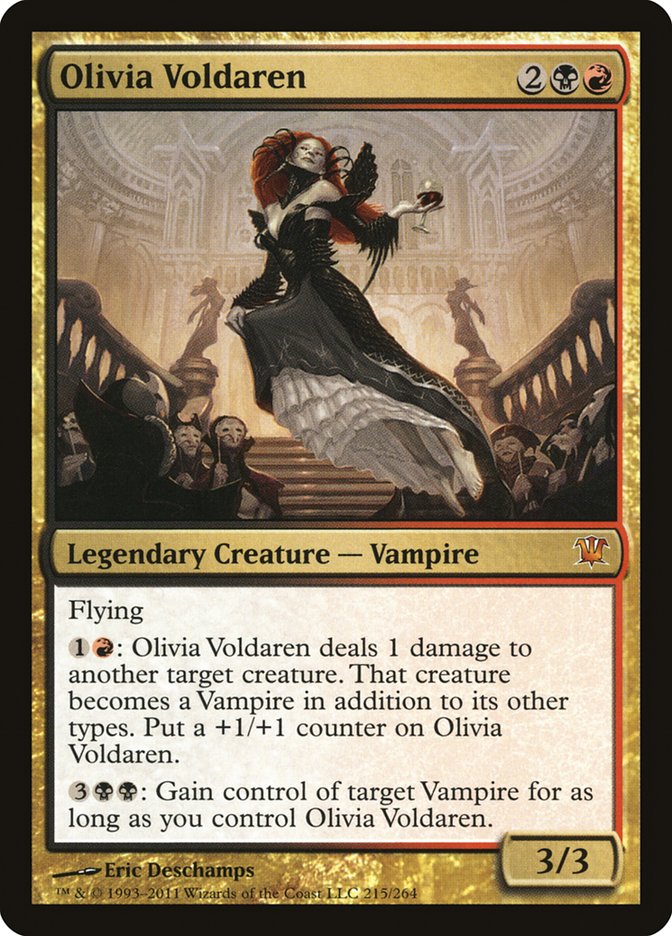Modern seems to be the format on everyone’s mind right now. This upcoming weekend is the highly anticipated Grand Prix Las Vegas, which is already the
biggest Grand Prix of all time before it even starts. Then, just one week later, the Season Two Invitational is half Modern with a Modern top 8, followed
by Grand Prix Charlotte which is, yet again, Modern. This past weekend marked StarCityGames’ largest Modern Premier IQ at the Open Series event in
Worcester. I made the second day of the main event, but after picking up a loss in the first round of day two, I decided to drop in order to play in the
Modern Premier IQ with Reid Duke’s Jund deck. The deck was a fairly stock list, and I started off at 5-0 after the first five rounds of play. After a great
early start, I ran into some bad luck and lost a few matches to fall out of top 8 contention. One match I lost was to Amulet Bloom killing me on turn 2,
while another was to poor draws in the Jund mirror. I finished 6-3, which was good for a top 32 finish with this list:
Creatures (14)
- 4 Dark Confidant
- 4 Tarmogoyf
- 3 Scavenging Ooze
- 1 Olivia Voldaren
- 1 Huntmaster of the Fells
- 1 Tasigur, the Golden Fang
Planeswalkers (4)
Lands (24)
Spells (18)

There was a lot I liked about how the Jund deck played out, but there was also a lot that I didn’t like. I like that the deck gets to play some of the best
creatures in the game. Scavenging Ooze, Dark Confidant, and Tarmogoyf are some of the most efficient two-drops ever, while Huntmaster of the Fells and
Olivia Voldaren are great utility creatures that can take over certain matchups.
Scavenging Ooze is great against anything in the format that utilizes the graveyard. The first example that comes to mind is Snapcaster Mage, but it also
has countless other applications in the format. There is a deck based around Collected Company that has gained a lot of traction the past few weeks, and
Scavenging Ooze is great against what their deck is trying to accomplish as well. There are often situations where the Collected Company deck needs to scry
through their library using Kitchen Finks and Viscera Seer, and Scavenging Ooze effectively stops that from happening. There are also other decks in the
format that run graveyard-dependent strategies and Scavenging Ooze provides a maindeck answer to those specific cards.
Dark Confidant is a card that has fallen out of favor in the past year for a few reasons. The card hit its peak value immediately before the release of Khans of Tarkir. The new set, however, brought with it the return of the delve mechanic, specifically the printing of Treasure Cruise. U/R Delver
was extremely dominant over the next few months in both Legacy and Modern, and a lot of the decks that once played Dark Confidant were chased out of the
format. Khans of Tarkir also brought with it Monastery Swiftspear, which added a great deal of power to Burn as well. After Treasure Cruise was
banned, people thought that Jund would return to being dominant, which can be seen in the price spike of Dark Confidant online around the time Fate Reforged was released. The card ended up not having the triumphant return that many had predicted, but I think that he is now in a good place
in the format. Without Treasure Cruise, Dark Confidant is likely the best source of card advantage around.
I only played one copy of Tasigur, the Golden Fang in the deck, but the four copies of Dark Confidant should not discourage you from including Tasigur.
It’s not ideal to reveal it with Dark Confidant’s upkeep trigger, but the power it provides justifies the few times that might happen over the course of a
tournament. With only one copy, it’s pretty likely that you won’t ever reveal it regardless.
Huntmaster of the Fells is great against opposing Liliana of the Veil. Creating a token when it enters the battlefield protects it from Liliana’s -2
activation, while the flip trigger gives you damage that you can redirect to her loyalty. The card is also great against the new Collected Company Elves
deck as well as the more standardized Abzan version. The ability to create creatures while also having built-in removal is great against these strategies
that plan to put a lot of creatures onto the battlefield. Huntmaster is also great against Burn since it gains life when it enters the battlefield and
provides a body that they likely will have to use their burn on or else it can take over the game. A lot of people say that Kitchen Finks is a better role
player than Huntmaster in these types of decks, but I greatly disagree with that. I think that Huntmaster is just way more powerful than Kitchen Finks.
Kitchen Finks may come down a turn earlier than Huntmaster, but Huntmaster also provides built-in removal and continual triggers. Kitchen Finks may be able
to slow down the burn decks, but Huntmaster can potentially end the game against them. If they are unable to answer it right away, the game can quickly get
out of control as the Jund player can control the timing on their spells to maximize the flip triggers.
Olivia Voldaren is also good for this same reason. The card may be slightly expensive at four mana, but once you untap with it, you are in a great position
against any midrange or aggressive deck. The first activated ability both pings an opposing creature and makes Olivia bigger, and I think people often
think that the creature needs to die in order for Olivia to get the +1/+1 counter, but that’s not the case. The second activated ability allows you to gain
control of any creature which you had already pinged. A total cost of 4BBR may seem like a lot to gain control of one creature, but it’s important to
remember that both of these are just additional options that you get in addition to your flying Hill Giant that can become a super threat. Olivia Voldaren
and Huntmaster of the Fells are both powerful lategame spells that give you tons of options once they hit play. The gameplan for the Jund deck is to trade
resources early using removal and hand disruption, then slowly turn the tables and take over the game. It’s often likely that your opponent is out of
answers by the time these lategame threats hit play and will have no resources left to answer them.
Another great reason to play Jund (besides the great creatures) is the access to great removal and answers that you get. Lightning Bolt and Abrupt Decay
are two of the most played removal spells in Modern, and the Jund deck has access to both. Lightning Bolt specifically is one of the most powerful removal
spells in history and is one of the main reasons these B/G decks often choose to splash red instead of white. Abrupt Decay is one of the main things that
keeps Splinter Twin decks in check, and is often why they have to win a long control game instead of trying to combo off on turn 4. Be careful, because
they are likely to bring in hard to deal with threats such as Keranos, God of Storms. This is a powerful card against you, so timing your Thoughtseizes
will be wise. When you have enough mana to cast Abrupt Decay on their turn, they often can’t risk going for the combo kill when they don’t know your hand.
Therefore, a more controlling plan is what they will switch to. Almost every B/G/x deck in the format plays three or four copies of Abrupt Decay, which
makes the lives of Splinter Twin players a lot harder. I only played one but would like to add more.
In addition to Lightning Bolt and Abrupt Decay, the deck also plays Maelstrom Pulse, Terminate, and Kolaghan’s Command. Each of these spells has unique
applications and are at their best in different situations. Kolaghan’s Command specifically provides a unique maindeck answer to artifacts in addition to
being a versatile spell. Aside from Lightning Bolt, the other main reason that players often choose to add red to their B/G decks is for the additional
manlands; namely Raging Ravine. I played two copies of Treetop Village and Raging Ravine, but I have seen other lists that play more. I can imagine adding
one or two additional manlands to the deck. These types of cards are great in many different matchups, but are specifically great against opposing
planeswalkers.
In addition to the maindeck removal suite that Jund offers, the sideboard is also full of great cards for different matchups. Between the three colors,
there are a ton of great hate cards that you can sideboard in for different matchups. Shatterstorm and Creeping Corrosion are powerful back-breaking spells
for when you’re playing against Affinity. Anger of the Gods and Drown in Sorrow are powerful three-drop spells that serve as cheaper Wrath of Gods against
different aggressive strategies. Choke and Boil are viable options for bringing in cards against different blue-based decks, including Splinter Twin.
Fulminator Mage is a staple of most B/G/x sideboards as it functions as both a Stone Rain and a body in a pinch. The ability to take out opposing manlands
is also not something that should be overlooked, and this is especially relevant against Infect, where their Inkmoth Nexuses are about one third of their
entire Infect creature total.
One of the negatives of playing Jund right now is that it has a pretty bad matchup against Burn. The fetchlands and the shocklands that most decks have to
run in order to stretch their manabase are what Burn preys upon. In addition to taking damage from our lands, we also take damage from Thoughtseize and
Dark Confidant. This is the main reason that some lists have been cutting down on their maindeck copies of Thoughtseize and instead increasing their
maindeck copies of Inquisition of Kozilek. Another negative for playing Jund, instead of a deck like Sultai, is that you only have access to discard spells
instead of discard and counters. Discard spells are powerful against combo decks, but it still leaves you in a position where you are forced to draw
multiple discard spells or else they are able to draw a sequence of cards to set up. Against Splinter Twin specifically, you really need to draw a few
discard spells, and often times you are forced into holding on to your Abrupt Decays so that you can use them if they threaten the combo. It’s also worth
noting that even when you don’t have Abrupt Decay, its sometimes still worth keeping mana open as if you did, since without Gitaxian Probe, Peek, or
Vendilion Clique to see your hand, the opponent often can’t blindly go for it (but most of the time they will).
Another negative I’ve noticed is that Jund might not be the best Liliana of the Veil deck in the format right now, even though Liliana is one of your best
cards. I think it’s pretty likely that Abzan is the best Liliana deck right now since the deck is able to discard their Lingering Souls to the +1
activation. I’ve also noticed that Liliana of the Veil performs poorly against Collected Company decks that are surging in popularity right now. The Abzan
versions of the deck have Voice of Resurgence and Kitchen Finks that they don’t mind sacrificing, and the Elves version of the deck has Elvish Visionary
and other redundant cheap elves that they can play under Liliana and not mind sacrificing. You also have to watch out for Wilt-Leaf Liege, which isn’t
seeing as much play now as it was around Pro Tour Fate Reforged, but is still something you may run into.
Overall I think that the deck is solid, but I’m not sure that it is what I want to play at the Season Two Invitational. My other options are Esper, Sultai,
and Mardu for various reasons. I think that Jund has the tools to give you a chance in any matchup, but the matchups with certain combo decks and Burn
specifically leave me unsure if I feel comfortable running it for the Season Two Invitational, which will be my testing ground for the Grand Prix. It’s
also possible that I wasn’t happy with the deck because it was a stock list. If you’ve kept up with my recent articles and decklists, you’ll know that I
tend to flesh out my deck with a lot of powerful singletons and low quantities of different cards. Perhaps it’s worth exploring my own version of Jund
further; however, at the moment I’m working on Mardu. Here’s a first draft of the list:
Creatures (14)
- 2 Grim Lavamancer
- 4 Dark Confidant
- 2 Olivia Voldaren
- 2 Young Pyromancer
- 2 Monastery Mentor
- 2 Soulfire Grand Master
Planeswalkers (5)
Lands (21)
Spells (20)

If you have any thoughts on the build or specific card choices, I would love to hear your ideas!




